Sandalwood is popular in Sri Lanka, Hawaii, South India and much of the southern islands in the Pacific. The use of sandalwood dates back at least 4, 000 years. In the past caravans have carried wood from India to Greece, Rome and Egypt. Much of the ancient temples were built with this wood and Egyptians used sandal oil during embalming rituals.
In the past it was used to manufacture furniture, which led to almost complete disappearance of sandalwood. Therefore, nowadays this wood is used for extraction of essential oil.
Types of sandalwood
Western Australian sandalwood - used as a substitute for the essential oil from the notorious Indian sandalwood.
East Indian Sandalwood - grows in the mountainous part of South India - Mysore and the Malay Archipelago. This type of sandal tree is the source of most precious essential oil of sandalwood.
African sandalwood - a source of essential oil, which is known as African sandalwood.
American Sandalwood - it supplies essential oil, sometimes in stores labeled as true Indian sandalwood. It is six times cheaper, and its chemical composition and performance has nothing to do with the precious Indian sandalwood.
Composition of sandalwood
Sandalwood contains resin, volatile oil, pigment and santal terpenes, of which most is presented santalol.
Application of sandalwood
The main application of sandalwood is for the extraction of essential oil. The essential oil is extracted by steam distillation of ripe pieces of wood - about 60 years old.
As you get more wood, the more oil content you get, and it is rich in flavors. Sandal paste and oil are used to make cosmetics and medicines. Used in various industries - mouth fresheners, incense, other food products, deodorants, perfumes, aromatizes, soaps, shower gels, creams and lotions.
Benefits of Sandalwood
Essential oils of sandalwood has a well pronounced antiseptic and anti spasmodic function. There are many good tightening effects, an excellent disinfectant that is soothing, sedative, tonic, expectorant and hypotensive benefits. It has a pleasant cooling effect, relieves inflammations in the body, wherever they are. Helps with cramping muscles, nerves and blood vessels. Astringent properties of sandalwood oil can be used to compress the gums, skin and muscles. This is ideal for use in dentistry and dermatology.
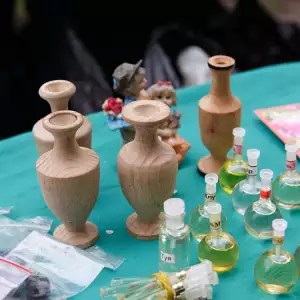
Essential oils of sandalwood calm the skin and help in removal of skin blemishes. This is a very ancient practice that is used to this day in Eastern medicine.
Sandal oil is considered one of the best natural relaxants. It soothes the intestines and abdominal muscles, facilitates the removal of gases. Furthermore, reduces inflammation in the urinary tract, promotes easy release of urine.
The scent of sandalwood keep away small insects and germs, so it’s used in sprays and disinfectants. The essential oil acts expectorant is very suitable in the battle against winter viral infections, which are the main culprits for flu and colds.
Drops of sandalwood oil can be taken with milk or water by people suffering from high blood pressure. It helps fear and anxiety. Its use brings rest and relaxation, increased concentration and stimulates positive thoughts.
Sandal oil energizes the body. Can be used in pediatrics because the digestive system and soothes the stomach in children and in older people - improves blood circulation and strengthens the nervous system, while it regulates the hormonal balance.
As with all things pleasant and helpful, sandalwood oil should not be overdone. It has no secret threats, but should not be used on raw skin. To apply it, best mix with bergamot, geranium, lavender, rose, myrrh, and ylang-ylang.
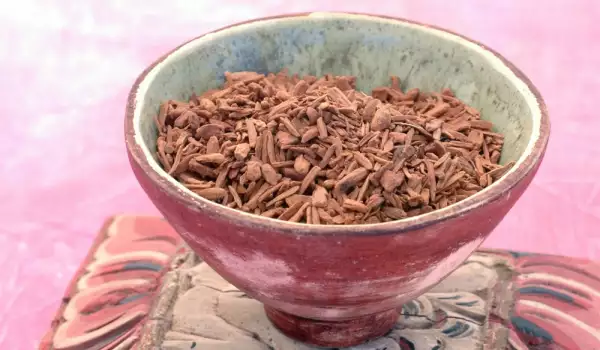
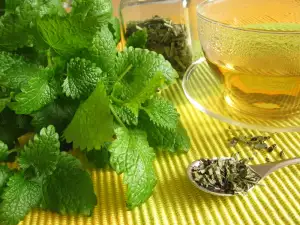

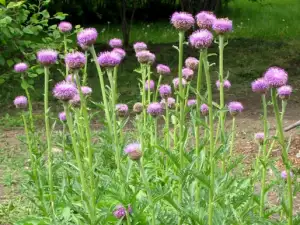
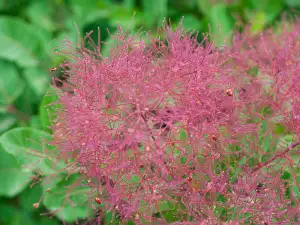




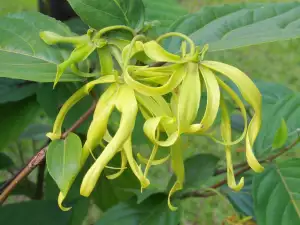




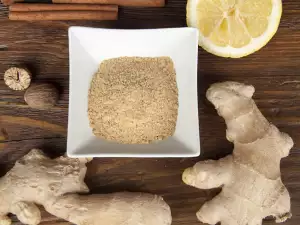

Comments